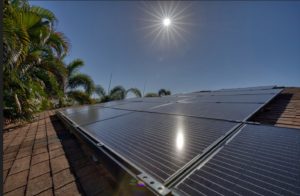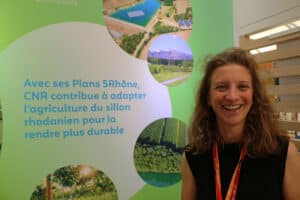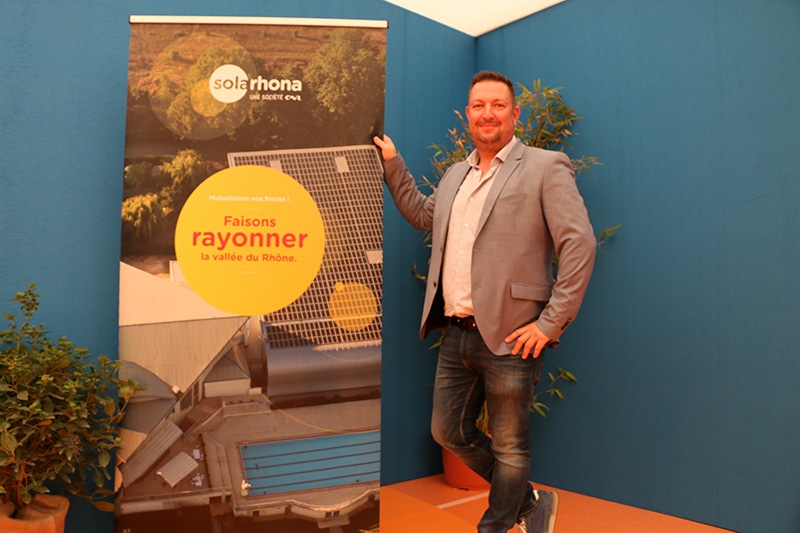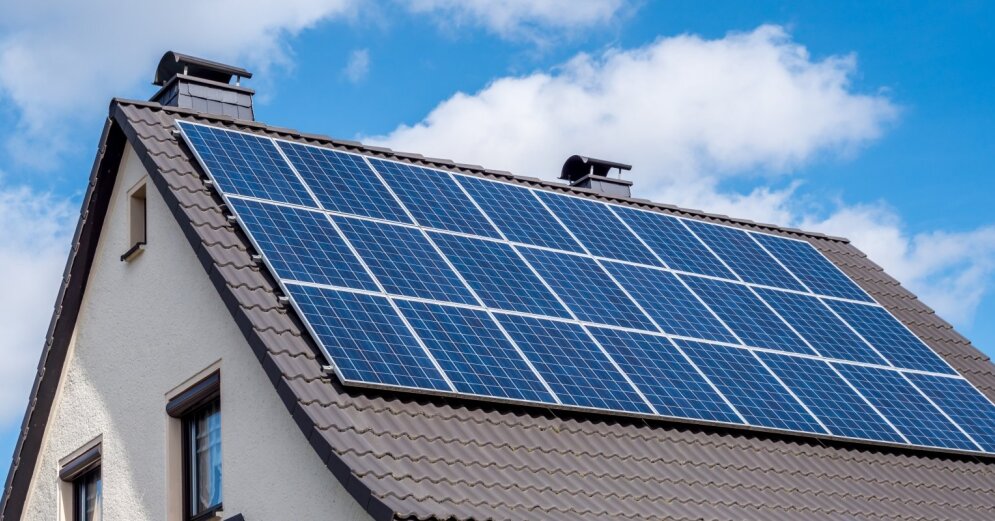France is warming up… and the flow of the Rhone is decreasing. To compensate for the resulting loss of hydroelectricity, the Compagnie Nationale du Rhône wants to install more than 6 million m² of solar panels in the valley by 2030. In the southern region, small and large projects are taking shape.
“Adapting to climate change”. Yesterday in Avignon almost all the executives present at the inauguration of the Med’Agri salon he had this expression on his lips. Renaud Muselier (President of the Southern Region), Cécile Helle (Mayor of Avignon), André Bernard (President of the PACA Regional Chamber of Agriculture) had inevitably become aware, like all of us, of the negative effects of climate change on agriculture… which is not new, however.
Sustainable management of resources
The 3th edition of Med’Agri, meeting of Mediterranean agriculture. And if there is one exhibitor that measures the effects of global warming more than others, it is the CNR. The Rhône electricity producer, concessionaire of the river since 1934, has seen its hydroelectric production decrease due to the decrease in the flow of the Rhone.
David Cattelin in front of an image of the CNR photovoltaic plant in the Rhone Valley. Credit Philippe Bourget (Front page photo: Solarhona, a CNR branch created specifically to equip the Rhône Valley with photovoltaic panels. Credit PB).
Between 500 and 1,000 photovoltaic projects
“The forecasts for the future show that this flow will continue to decrease and so will the production of electricity”confirms David Cattelin, Head of Networks and Partners at Solarhona. This 100% subsidiary of the CNR, established in May 2022, must therefore participate in the achievement of a clear objective: to compensate for the decline in hydroelectric production with solar energy – CNR is also investing in wind power. “We are aiming for 1,000 MWp [Mégawatts-crête] by 2030, or the equivalent between 500 and 1,000 photovoltaic projects “, summarizes Laurence Borie-Bancel, President of the CNR Board of Directors. To decipher, this corresponds to more than 6 million m² of solar panels to be installed …
Big projects for CNR, “small” for Solarhona
The CNR and its New Energy Department (DEN) deal with large projects, eg. floor standing unit over 4 ha and those on artificial water bodies over 6 ha. Solarhona is responsible for the “small” regional network. “These are about 3 to 5 hectares of power plants, but also cover existing buildings, technical and logistic warehouses, agricultural sheds … We also include the construction of shading structures on parking lots”says David Cattelin.

Photovoltaic panels on a roof © shutterstock
Plants in Bollène, Avignon, Caderousse
The “catchment area” covers the entire Rhone Valley, from Lake Geneva to Saintes-Maries-de-la-Mer. It stretches over a strip of 5 to 10km on both sides of the river, but can occasionally go further. In terms of large equipment, the CNR already has 49 photovoltaic power plants. In the southern region, they are all found in the Vaucluse. “We have two shore-side power plants in Bollène and one in Avignon, in the Courtine area. They produce between 3.5 and 5 MWp each. The largest is in Caderousse, it is a plant with a capacity of 14 MWp., says Sarah Felix-Faure, project manager of CNR’s DNE. Another important project is underway in Mondragon (Vaucluse).
A model for local authorities
The business model for the “small units” is basically the following: Solarhona seeks customers who wish to develop pitches with photovoltaic panels, pays them the rent and resells the solar energy produced. “The goal is to develop this model with EPCIs [Etablissements Publics de Coopération Intercommunale] from rhone valley. By creating photovoltaic production companies, these local authorities, financed in particular by the regional banks of Crédit Agricole, will be able to be actors in their own energy policy.explains David Cattelin.

Sarah Felix-Faure, project manager of CNR’s DNE, is responsible for large photovoltaic projects. Credit PB.
Committed mayors … other opportunists
And many of them seem to want to get started. “There are busy mayors [dans la transition énergétique, ndlr] and conscientious, others who are carrying out their ecological revolution and still others who go there only with an electoral concern “, notes, transparencies, the person in charge. There is also the problem of diagnosis. “Some communities want to solar, but they are often poorly supported in their audit. It is important that they perform a precise diagnosis with specialized design offices to find out whether or not their municipal buildings are suitable for receiving solar panels..
Projects in Meyreuil, Grans, Arles …
The fact remains that projects are emerging, for which Solarhona responds in the context ofCalls for expressions of interest (AMI) … where he faces off against other solar energy savvy players, Engie, Tenergie, EDF Renouvelables … “We have positioned ourselves on solar awning projects for parking in Meyreuil [13]Great [13]Bollene [84]. There is also a major project to equip buildings with solar panels Port of Arles “. In a very competitive market with small units, Solarhona will need a lot of human energy to help reach 6 million m² of panels in 2030.


